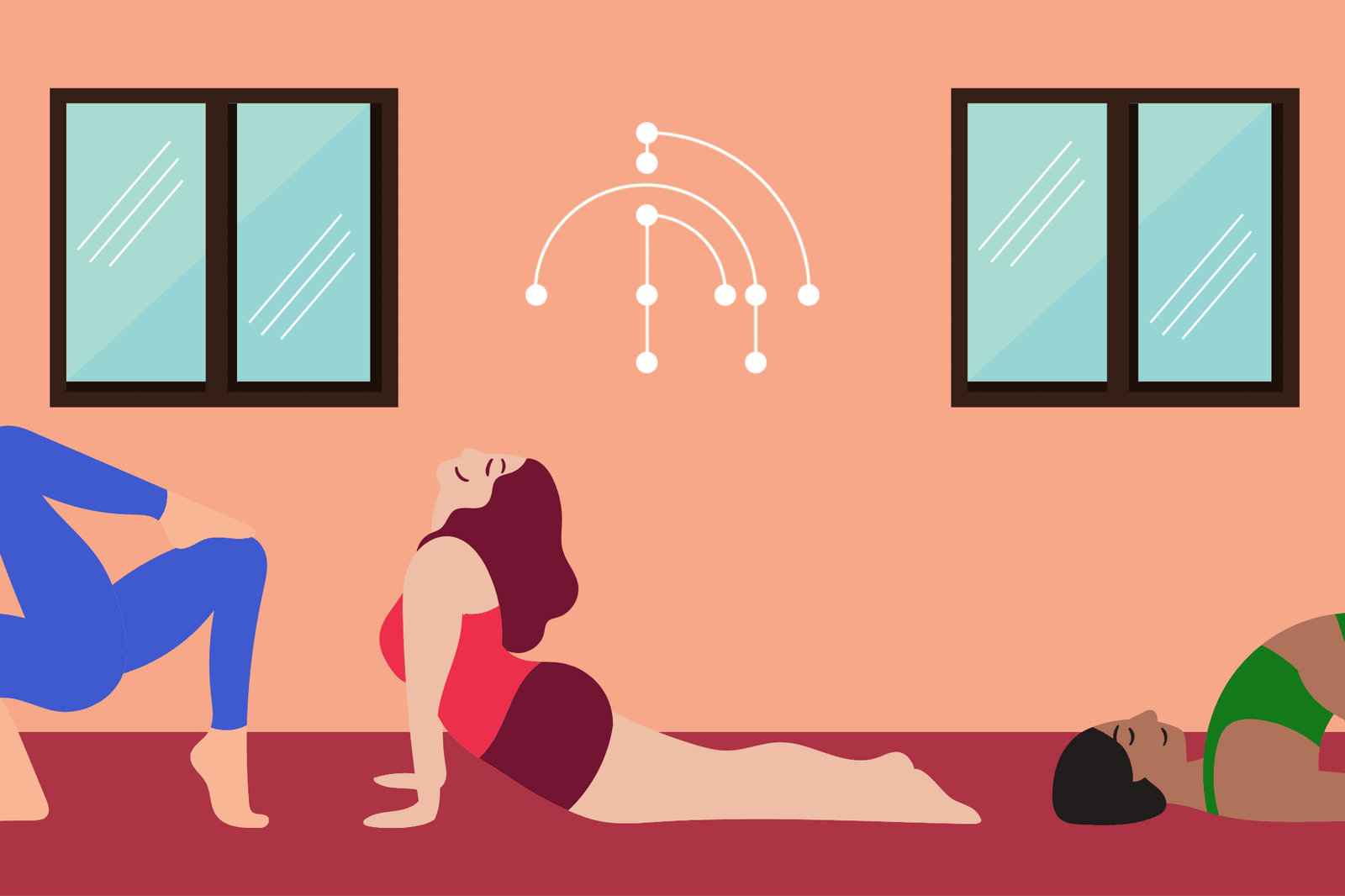Yoga has been big business in the West for over a decade now and today you can’t walk far without seeing posters, studios and gyms offering classes.
While once upon a time yoga was the domain of an alternative lifestyle, it’s now so commonplace that the NHS even has a range of videos on it. This Eastern practice is showing no signs of going anywhere and integrating yoga tuition into your physiotherapy services could help you stand out.
Why Yoga?
You won’t hear many people disagree with the idea that yoga is good for everyone. Encouraging movement, strength training and flexibility, this varied activity benefits the young and old alike.
Yoga can also be used as part of a physiotherapy treatment plan and it falls within the Chartered Society of Physiotherapy’s PLI scheme when undertaken as part of physiotherapy practice. Thanks to yoga’s flexibility, as an instructor, you can create individual sessions aimed to specifically address your patient’s need.
By introducing patients to yoga, not only can you help them in the short term, but you can encourage them to keep the practice going to stay in good health.
Why Physiotherapists Make Excellent Yoga Teachers
There are far more yoga teachers certified in the UK than there are studio openings and sole practitioner teachers find themselves run into the ground trying to make ends meet. As a physiotherapist though, you already have a client base and the medical qualifications to back up your knowledge.
Training as a yoga teacher complements your physiotherapy background and you physio training will help boost your authority as a yoga teacher. Yoga teaching isn’t regulated in the UK and so teachers’ experience and knowledge varies widely. Your patients may well feel more comfortable practising yoga under the instruction of a qualified healthcare professional.
By offering yoga sessions individually or for groups, you can also follow your patients’ progress more closely than by recommending they go out and find classes on their own. This helps you offer more accurate advice to your patients and allows you to watch their journey back to full health and onwards.
Does Yoga Count as Part of Your Physio Practice?
Physiotherapy includes a range of modalities and while no physiotherapist can know everything, the more avenues you have for rehabilitating patients, the better service you can provide.
The Chartered Society of Physiotherapy has some interesting suggestions on incorporating yoga into your physiotherapy practice and is very positive about offering it as a service. They note, importantly, that your yoga instruction only counts as part of your physio practice in some instances.
If you choose to teach yoga separately, this would constitute a separate role and not be covered by their insurance.
Combining Your Knowledge
While you might be wary of investing the time, effort and money into yoga teacher training, as a physiotherapist, you already have a lot of complementary knowledge.
Yoga is the umbrella term for many types and teachers often go on to develop their own styles. From relaxation and sleep yoga to strength, rehabilitation and fitness yoga, the activity, as it exists in the West, is as broad as you want to make it.
Your existing anatomy knowledge will come in useful when you train as a yoga teacher and will most likely be more extensive than most yoga teachers’. This comprehensive knowledge of the anatomy will better help you to understand how different asanas (poses) work and enable you to better guide your students into asanas that will help them.
The equipment you already use can also come into your yoga teaching. Resistance bands are common in physiotherapy and are very beneficial at every level of yoga. Resistance bands in yoga are commonly called yoga bands or yoga straps.
Resistance Bands and Yoga
Integrating resistance bands into yoga not only helps your students reach asanas they couldn’t before, but can help rehabilitate the body at the same time. You can incorporate your existing resistance band exercises into a yoga practice, providing your patients with targeted and holistic exercise.
By using resistance bands in yoga, you can add in additional strength training to yoga routines that will help your patient’s exact issue. If you want to check out a few ways of using resistance bands in yoga, check out this video from Yoga by Candace.
When choosing resistance bands, it’s best to go with high quality bands that have different levels of resistance. This avoids the cheap latex bands that have a tendency to snap and allows the user to work with the bands in different asanas while enjoying the comfort of fabric bands.
Expanding Your Skillset with Yoga
Yoga can be a valuable part of physiotherapy and not only helps rehabilitate your patients, but gives them a framework that they can continue with for years to come. When you train as a yoga teacher, you can offer your patients a great choice of services and watch their progression for yourself.
Physiotherapists are perfectly positioned to add yoga into their practices as they’re already healthcare professionals with a high degree of anatomical understanding.
To find out more about adding new skills to your physiotherapy practice, check out our article on training as an acupuncturist. We also sell our own, high quality resistance bands that are specially designed for comfort and longevity. Get in touch to get hold of these professional bands and read up on why quality matters.








